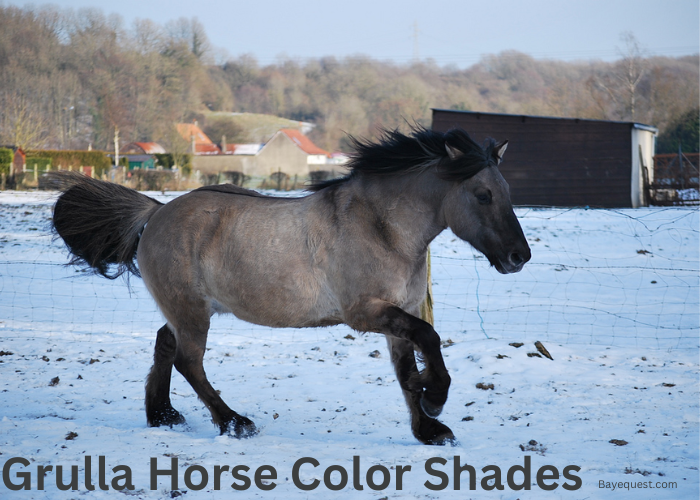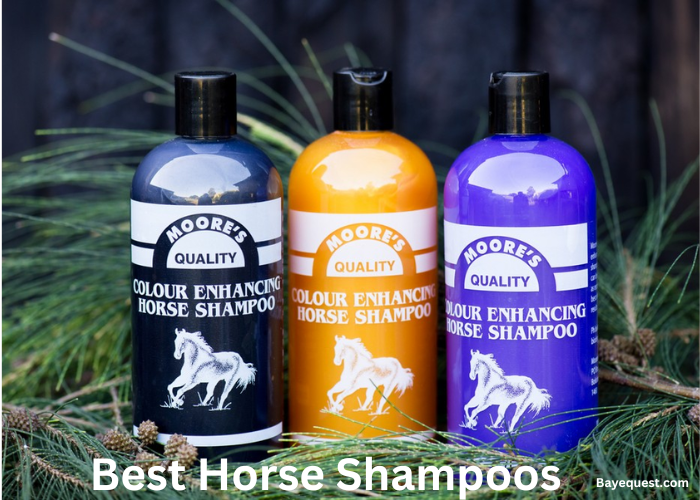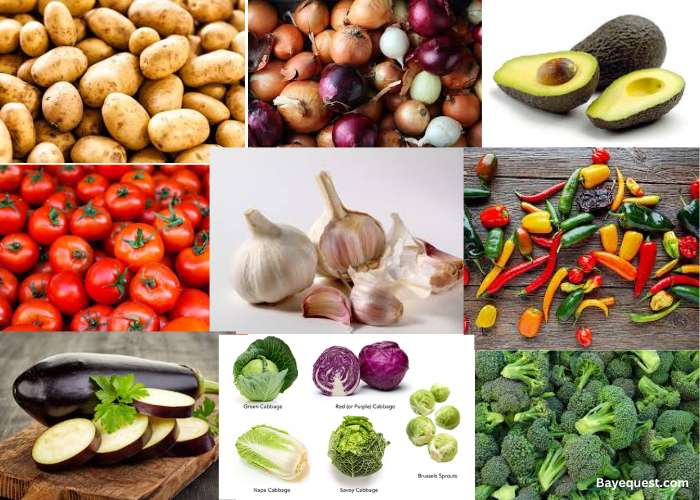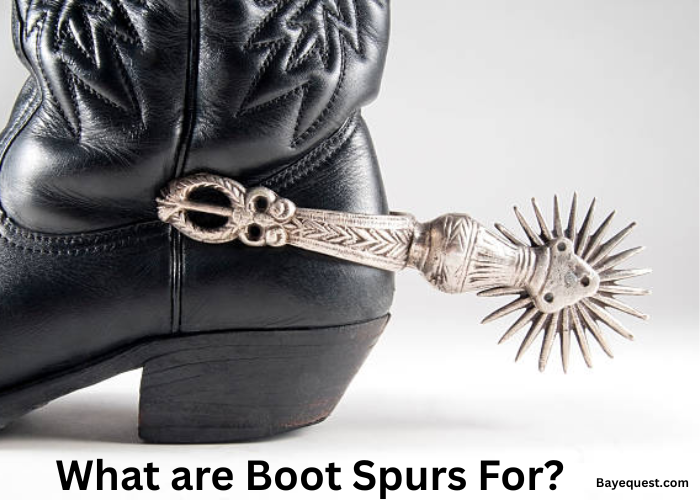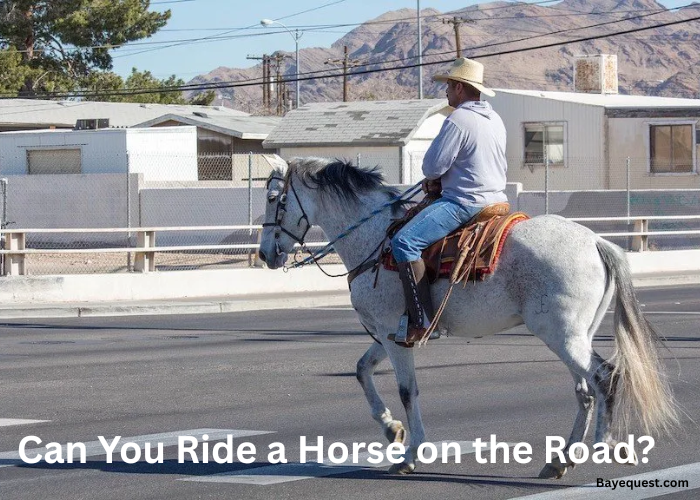Grulla horses have one of the most eye-catching coats in the horse world. Their color ranges from soft silver to deep, smoky gray.
Some even have a bluish shine. Others show off a warm, dusty glow. It’s a sleek mix of black and gray that looks both bold and elegant.
No two Grullas look exactly the same. That’s part of what makes them so special. Each shade has its own charm.
Horse lovers can’t get enough of them. Want to spot one? Let’s break down the different shades and what makes each one unique.
Grulla Horse Color Shades: Key Takeaway
Grulla horse shades include classic, silver, mouse, dun, light, blue, black dun, slate, and lobo dun. Each shade features a unique gray coat with dark points and primitive markings. The dun gene dilutes the black base color, creating the stunning and rare Grulla appearance.
What is a Grulla Horse?
A Grulla horse has a distinctive coat color that comes from a combination of genetics and history.
The term “Grulla” comes from the Spanish word for “crane,” referring to the bird’s soft gray coloring.
These horses trace their origins to ancient Spanish breeds brought to the Americas by explorers.
Over time, selective breeding preserved the unique Grulla color, which results from a black base coat affected by the dun gene.
This gene creates the signature slate-gray color with dark points and primitive markings like a dorsal stripe and leg barring.
Today, Grulla horses are prized for their rare and striking appearance.
Grulla Horse Breed Overview
| Feature | Details |
| Coat color | Slate-gray with black points and primitive markings (dorsal stripe, leg barring). |
| Genetics | Black base coat diluted by the dun gene. |
| Common shades | Classic Grulla, Silver Grulla, Mouse Grulla, Dun Grulla, Blue Grulla. |
| Notable markings | Dorsal stripe, shoulder stripes, zebra-like leg barring, dark mane and tail. |
| Popular breeds | Quarter Horse, Mustang, Andalusian Crosses, Fjord Horse. |
| Temperament | Intelligent, calm, and versatile. |
| Uses | Ranch work, riding, competitions, and showing. |
| Average height | 14 to 16 hands (56 to 64 inches). |
| Weight range | 900 to 1,200 pounds. |
| Care needs | Regular grooming to maintain coat health, balanced diet for optimal color and condition. |
| Rarity | Considered rare due to specific genetic requirements. |
Where Does the Word Grulla Come From?
The word Grulla comes from the Spanish language and means “crane,” referring to the bird known for its soft gray plumage.
Spanish explorers and settlers, who introduced horses to the Americas, used the term to describe the unique grayish coat color seen in certain horses.
The name stuck, and today it is widely used to describe horses with a slate-gray appearance, dark points, and primitive markings.
In some regions, the term is spelled “Grullo,” but both refer to the same distinctive coat color.
What Does a Grulla Horse Look Like?
A Grulla horse has a distinctive and eye-catching appearance characterized by its unique coloring and primitive markings.
Coat
The coat is a soft, slate-gray color with a range of shades, from light silver to deep smoky gray.
It results from a black base coat diluted by the dun gene.
Primitive markings such as a dark dorsal stripe running down the back, leg barring (zebra stripes), and dark shading on the face and shoulders are common.
Seasonal changes can slightly alter the intensity of the coat color.
Mane
The mane and tail are darker than the body, often appearing black or dark brown.
Some Grulla horses may have lighter streaks mixed within the mane and tail.
They usually have a thick and full mane that enhances their striking appearance.
Hooves
Grulla horses often have dark-colored hooves, which complement their overall coat and primitive markings.
Some may have faint striping on their hooves, especially if they possess stronger dun factor traits.
Their hooves are generally strong and well-suited for various terrains.
Grulla Horse Color Shades
Grulla horses come in various shades, each with its unique look. Let’s check out some of these shades:
Classic Grulla
Classic Grulla is the most common and well-known shade. This color features a smooth, slate-gray coat that gives the horse a striking appearance.
The body color is uniform, with a cool gray tone that may have a slightly bluish tint under certain lighting.
Dark points, including a black mane, tail, and lower legs, provide a strong contrast.
The classic Grulla often has prominent primitive markings like a dorsal stripe and leg barring.
This shade is highly prized for its distinctive yet natural look, making it a favorite among horse enthusiasts and breeders.
Silver Grullo
Silver Grulla horses have a lighter, more silvery coat compared to the classic shade. Their body color appears soft and reflective, often catching the light beautifully.
The mane and tail are dark, but the contrast with the lighter coat makes the silver Grulla stand out.
This shade is relatively rare and often sought after for its elegant and refined look.
Some silver Grulla horses may have a subtle metallic sheen, adding to their visual appeal.
Their primitive markings, such as a dorsal stripe, may appear less pronounced due to the lighter base coat.
Mouse Grulla
Mouse Grulla horses have a darker, earthier tone compared to other shades.
Their coat resembles the color of a field mouse, with a brownish-gray hue that gives them a warm appearance.
This shade tends to have a slightly dusty look, blending well with natural surroundings.
The primitive markings, such as leg barring and a dorsal stripe, often stand out against the darker background.
Mouse Grulla horses are popular among working horse breeds due to their understated yet beautiful color.
Their deep tones make them less prone to showing dirt, which can be an advantage for riders.
Dun Grulla
Dun Grulla horses exhibit a strong presence of the dun gene, which enhances their primitive features.
This shade includes a slightly yellowish or brownish undertone over the gray base coat.
The dun factor creates well-defined striping on the legs and a clear dorsal stripe running down the back.
Some Dun Grulla horses may also display shoulder stripes and facial shading. Their mane and tail are usually dark but may have lighter streaks.
This shade is often seen in breeds known for their strong dun influences, such as Mustangs and Quarter Horses.
Read also: What is a Dun Horse Color?
Light Grulla
Light Grulla horses have a pale, almost smoky-gray appearance. Their coat may look washed out compared to other shades, giving them a soft and delicate look.
Despite their lighter body color, they still retain the signature dark points and markings characteristic of the Grulla shade.
The contrast between their light coat and dark mane, tail, and legs adds to their beauty.
This shade is sometimes mistaken for other gray horses, but the presence of the dun markings sets them apart.
Light Grulla horses are favored by those who prefer a more subtle yet distinctive appearance.
Blue Grulla
Blue Grulla horses have a cool, bluish-gray coat that appears almost steel-like in some lighting.
This shade results from the combination of the black base coat and dun gene, giving the horse a stunning appearance.
Their dark mane, tail, and leg points create a striking contrast against the blue-gray body.
Blue Grulla horses often have a sleek and polished look that makes them stand out in a crowd.
Despite their name, they are not truly blue but carry a distinct cool tone that sets them apart from other Grulla shades.
They are highly valued for their unique color.
Black dun
Black Dun horses are sometimes mistaken for regular black horses, but they have subtle differences.
Their coat is a deep, dark gray that can appear almost black in certain lighting.
However, they retain the classic dun markings such as a dorsal stripe, leg barring, and shoulder shading.
The black dun shade gives the horse a bold and powerful appearance.
Unlike true black horses, black duns may show lighter areas around their muzzle and flanks.
This shade is admired for its sleek, sophisticated look and is popular in many working and performance horse breeds.
Slate Grulla
Slate Grulla horses have a cool, even gray tone that resembles natural slate stone.
Their coat has a slightly darker appearance compared to classic Grulla, with a more solid and uniform color.
The dark points and primitive markings blend smoothly with the slate-colored coat, creating a balanced look.
Slate Grulla horses often have a dignified and regal appearance, making them stand out in competitions and shows.
Their color can vary slightly depending on lighting, sometimes appearing more charcoal or bluish.
This shade is popular among riders who appreciate a bold yet understated look.
Lobo dun
Lobo Dun horses have a unique and striking appearance with a mix of dark and light tones.
Their coat carries a deep, smoky gray with a hint of brown or tan, giving them a wild and rugged look.
The name “Lobo” refers to their wolf-like coloring, which sets them apart from other Grulla shades.
Their primitive markings are usually bold and well-defined, adding to their distinctive appearance.
Lobo Dun horses are often found in wild horse herds, such as Mustangs, where natural selection favors their camouflage abilities.
This shade is perfect for those who love a natural and earthy look.
The Science Behind the Grulla Coat Color
The Grulla coat color comes from a special mix of genes. It happens when a horse has a black base coat and carries the dun gene.
The dun gene lightens the body color but keeps the mane, tail, and lower legs dark. This creates the unique grayish look with dark points.
The Grulla color is made by two important genes.
The extension (E) gene gives the horse a black base coat. The dun (D) gene dilutes the color and adds special markings.
A horse needs both of these genes to be Grulla. Without the dun gene, the horse would look black.
The dun gene also adds special markings called primitive markings.
These include a dark stripe down the back, zebra-like stripes on the legs, and shading on the face and shoulders.
These markings helped wild horses blend into their surroundings.
Some Grulla horses look lighter, while others are darker. This depends on their genes and their environment.
Sun exposure and seasonal coat changes can also affect the color.
Breeding a Grulla horse takes careful planning. The dun gene is dominant, meaning it only takes one copy to pass it to the foal.
Breeders often use genetic tests to make sure the right genes are present.
In simple terms, the Grulla color is a result of genetics working together to create a rare and beautiful coat.
Factors Affecting Grulla Shades
Several factors can affect the shade of a Grulla horse.
While the base color remains the same, these factors can cause variations in how light or dark the horse appears.
1. Genetics
Genetics play the biggest role in determining the exact shade of a Grulla horse.
The dun gene lightens the black base coat, but the strength of the dilution can vary.
Some horses inherit a stronger dilution, making them appear lighter, while others have a darker tone.
Parentage also influences how the Grulla shade will appear in foals.
2. Seasonal coat changes
A Grulla horse’s coat can look different depending on the season.
In winter, the coat tends to grow thicker and can appear darker or duller. In summer, shedding reveals a sleeker, shinier coat that may look lighter.
Regular grooming helps maintain the coat’s natural shine and color.
3. Sun exposure
Sunlight can lighten a Grulla horse’s coat over time. Horses that spend a lot of time outdoors may develop a faded or sun-bleached look.
This can make them appear more silver or brownish instead of their usual gray.
Providing shade or using fly sheets can help protect the coat from fading.
4. Nutrition and health
A horse’s diet can also affect the coat’s appearance.
Proper nutrition with the right balance of vitamins and minerals helps maintain a healthy and vibrant coat.
Poor nutrition can make the coat look dull or uneven. Omega-3 fatty acids and supplements like flaxseed oil can enhance coat quality.
5. Grooming practices
Regular grooming helps remove dirt and dust that can dull the coat. Brushing improves circulation and brings out the natural shine.
Using coat-enhancing products can also make the Grulla shade more noticeable and appealing.
Lack of grooming can make the coat look rough and uneven.
6. Age of the horse
As Grulla horses age, their coat color can change slightly. Some may become lighter, while others darken over the years.
Foals born with a lighter shade might darken as they mature, and older horses may develop a more muted look.
7. Environmental factors
Where the horse lives can affect its coat color. Dust, mud, and exposure to different climates can influence how the coat appears.
Horses in colder climates may keep a darker look longer, while those in warmer regions might have a lighter tone due to more sun exposure.
How Rare is a Grulla Horse?
Grulla horses are quite rare compared to other horse colors. They make up a small percentage of the total horse population.
This is because the genetic combination required to produce the Grulla coat does not occur often.
Even in breeds where the Grulla color is possible, such as Quarter Horses and Mustangs, only a small number have this unique coat.
Some horse registries report that Grulla horses make up less than 1% of registered horses in certain breeds.
This makes them highly sought after by breeders and enthusiasts. Their rarity can also make them more expensive compared to more common coat colors.
While Grulla horses do exist in several breeds, they are not commonly seen in everyday riding or competition circles.
Their distinctive color and markings make them stand out when they do appear.
Because of this, finding a true Grulla horse can be a challenge for buyers looking for this specific coat.
What Horse Breeds Can Be Grulla?
Several horse breeds can carry the Grulla coat color, but it is most commonly found in breeds that naturally possess the dun gene.
Below are some horse breeds that can be Grulla:
1. American Quarter Horse
The Quarter Horse is one of the most common breeds to exhibit the Grulla coat.
Due to their widespread genetic diversity and the presence of the dun gene in many bloodlines, Grulla Quarter Horses are highly prized.
They are used for ranch work, rodeo events, and recreational riding.
2. Mustang
Mustangs, particularly those with Spanish ancestry, often carry the dun gene, making the Grulla color more common in wild herds.
The natural selection of the breed has helped preserve unique colors like Grulla, which provides camouflage in their natural habitat.
3. Andalusian Crosses
Pure Andalusian horses do not carry the dun gene, but when crossed with breeds that do, Grulla-colored offspring can occur.
Andalusian crosses with Grulla coloring retain the elegance of the breed with the added unique coat shade.
4. Fjord Horse
Fjord horses are well known for their dun coloring, including shades that resemble Grulla.
Their primitive markings, such as dorsal stripes and leg barring, are prominent features that enhance their distinct look.
Grulla Fjords often have lighter or silvery tones.
5. Highland Pony
The Highland Pony, native to Scotland, is another breed where the Grulla shade can appear.
These ponies are sturdy and adaptable, often displaying strong primitive markings such as a dorsal stripe and leg barring.
6. Icelandic Horse
The Icelandic Horse carries a variety of unique colors, including the rare Grulla shade.
Their thick coats and hardy nature make them well-suited to cold climates, and their Grulla coat can range from light silver to dark smoky gray.
7. Paso Fino
Paso Fino horses can sometimes carry the dun gene, which allows for the possibility of Grulla coloration.
These horses are admired for their smooth gait and are often seen in various shades of dun, including Grulla.
8. Appaloosa
While Appaloosas are primarily known for their unique spotted patterns, some lines carry the dun gene.
9. Paint Horse
Paint horses with a black base coat and the dun gene can produce Grulla-colored horses with unique white markings.
This combination makes for a striking appearance with bold patterns and primitive Grulla markings.
10. Kiger Mustang
The Kiger Mustang is a specific Mustang breed known for carrying the dun gene.
Many Kiger Mustangs display the Grulla coat, which adds to their historical and aesthetic appeal.
How to Take Care of Grulla Horses
Here’s what taking care of a grulla horse involves:
1. Grooming
Regular grooming helps keep the Grulla coat clean and shiny. Brushing removes dirt and dust that can dull their distinctive color.
Using coat-enhancing products can highlight their natural shine.
Sun protection is also important, as too much exposure can cause fading.
2. Nutrition
A balanced diet rich in vitamins and minerals supports a healthy coat and body.
Omega-3 supplements, like flaxseed or fish oil, can improve coat shine and skin health.
Providing quality hay and grains ensures they get the nutrients they need.
3. Shelter and environment
Grulla horses should have access to shelter to protect them from harsh weather conditions.
Proper shade can help prevent coat fading caused by prolonged sun exposure.
4. Exercise and hoof care
Regular exercise keeps them fit and healthy.
Routine hoof care, including trimming and cleaning, helps prevent common foot problems and keeps them comfortable.
5. Veterinary care
Regular check-ups, vaccinations, and deworming are essential for overall health.
Monitoring their weight and coat condition can help detect any health issues early.

Little Known Facts About Grulla Horses
1. Grulla is a color, not a breed
2. The name comes from Spanish
3. No two grulla horses look exactly alike
4. They have ancient roots
5. Primitive markings are key identifiers
6. Their color can change with seasons
7. Grulla horses are sought after in competitions
8. Breeding a grulla Is not easy
9. Some people mistake them for gray horses
10. They are considered good luck by some cultures
Interesting read: Horse Leg and Face Markings.
Grullo Color Horse: Conclusion
Grulla horses are truly special. Their rare shades and unique markings make them stand out.
From classic gray to silver and blue tones, each shade has its own charm. No two Grulla horses look exactly the same, which adds to their appeal.
Their striking coat, dark points, and primitive markings make them a favorite among horse lovers.
Whether light or dark, every Grulla horse carries a touch of history and beauty. Owning one is a treasure, and spotting one is always a delight.
Their rare beauty makes them unforgettable.



 Click To Subscribe
Click To Subscribe

